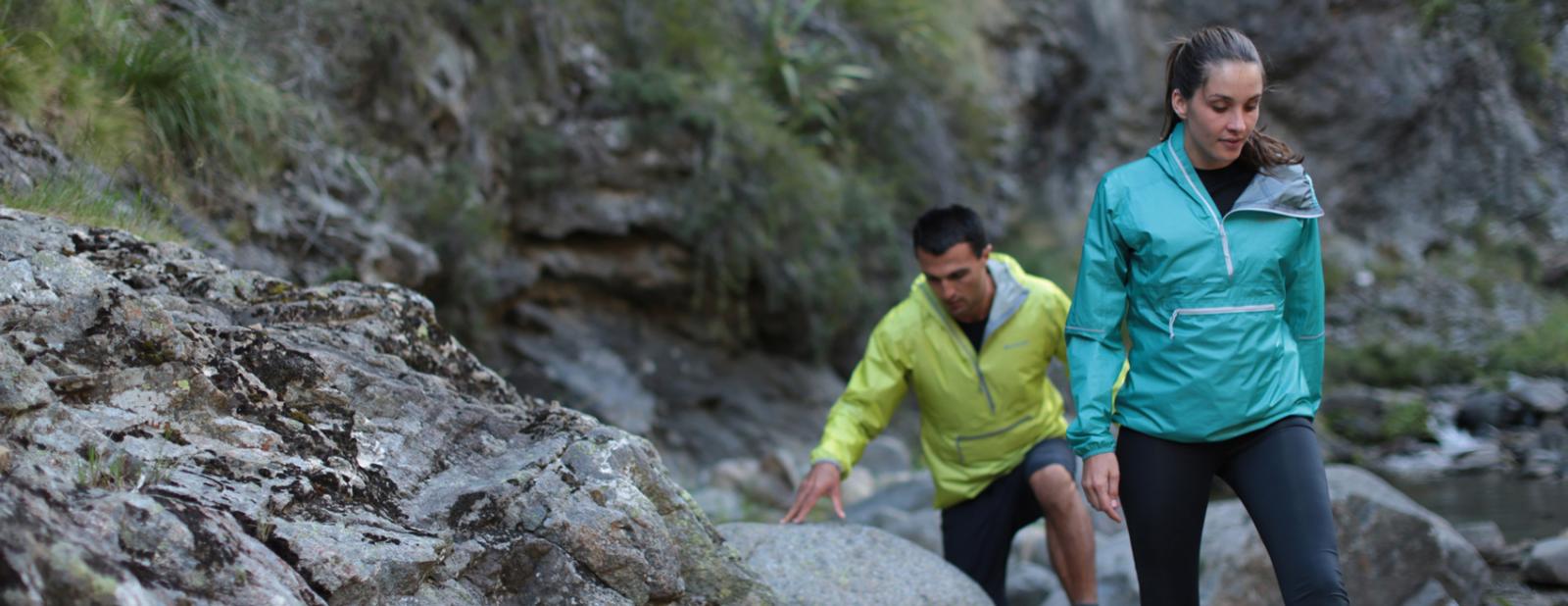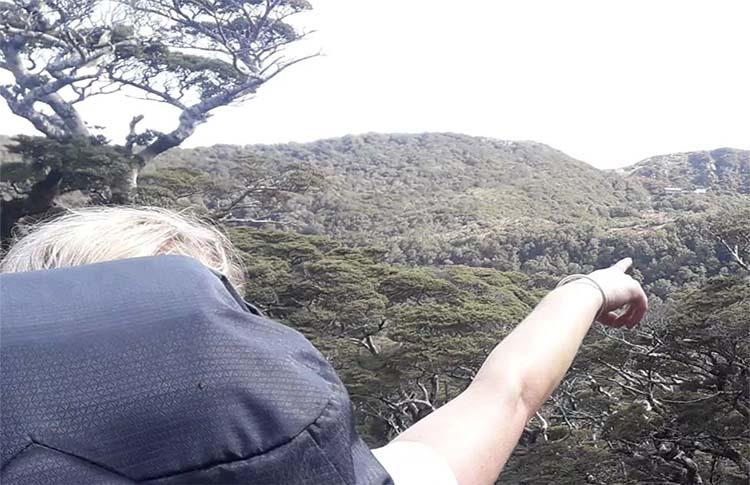Safety in the great outdoors
New Zealand is a diverse, ocean-cooled group of islands and our weather can and does change dramatically and rapidly. Even at the height of summer, think four seasons in one day. When venturing into the outdoors follow these five tips from the Outdoor Safety Code – these preparations can and do save lives.
1: Plan your trip – if you’re unsure, ask one of our team about the best route and how much time this will roughly take.
2: Tell someone – let us or someone you trust, know your plans (or let the local Department of Conservation ‘DOC’ office know). Leave a date for when to raise the alarm if you haven’t returned.
3: Be aware of the weather – our weather is highly changeable and unpredictable so always check the latest forecast.
4: Know your limits – stay with your group, don’t take undue risks and control your ego so you remain within your physical limits and experience.
5: Take sufficient supplies – if you face an emergency, make sure you will have enough food, equipment and rations. Consider taking a personal locator beacon or mountain radio – if you are buried in an avalanche, you may only have minutes to raise the alarm!
Other safety tips before venturing into the outdoors:
- The New Zealand sun is especially fierce so be sure to cover up during the heat of the day and apply regular sunscreen to avoid the risk of sunburn and sunstroke.
- Officially there are no dangerous wildlife to watch out for (although hunters and trappers have a healthy respect for wild pigs …). However, there are two spiders that can pack a nasty bite (the little native red-backed Katipo spider and the introduced white-tail spider).
- Many travellers have felt the itchy wrath of sandflies and mosquitoes, which are found in parts of New Zealand. Apply insect repellent, especially around dusk. Seriously.
- To avoid the risks of water born illness such as giardia, it’s best not to drink directly from steams and lakes. Follow the DOC signs and boil before drinking the water.
More articles to help you plan your trip to New Zealand
Getting to New Zealand
New Zealand Passport and Visa Requirements
Smooth as possible on arrival to New Zealand
Travel Insurance for New Zealand
Doubtful Sound or Milford Sound?
Which New Zealand Glacier to Visit?
Driving in New Zealand
What is the Best Time to Visit New Zealand?
What to Pack for a New Zealand Holiday
New Zealand Accommodation Guide
New Zealand's Need to Know Facts
What do things cost in New Zealand
Ready to Start Planning Your New Zealand Trip?
The options for exploring New Zealand are limitless. If you would like a hiking tour with all the checks and balances then browse our Hiking Adventure Tours for ideas or get in touch with our travel specialists who will be happy to arrange the adventure of a lifetime!





